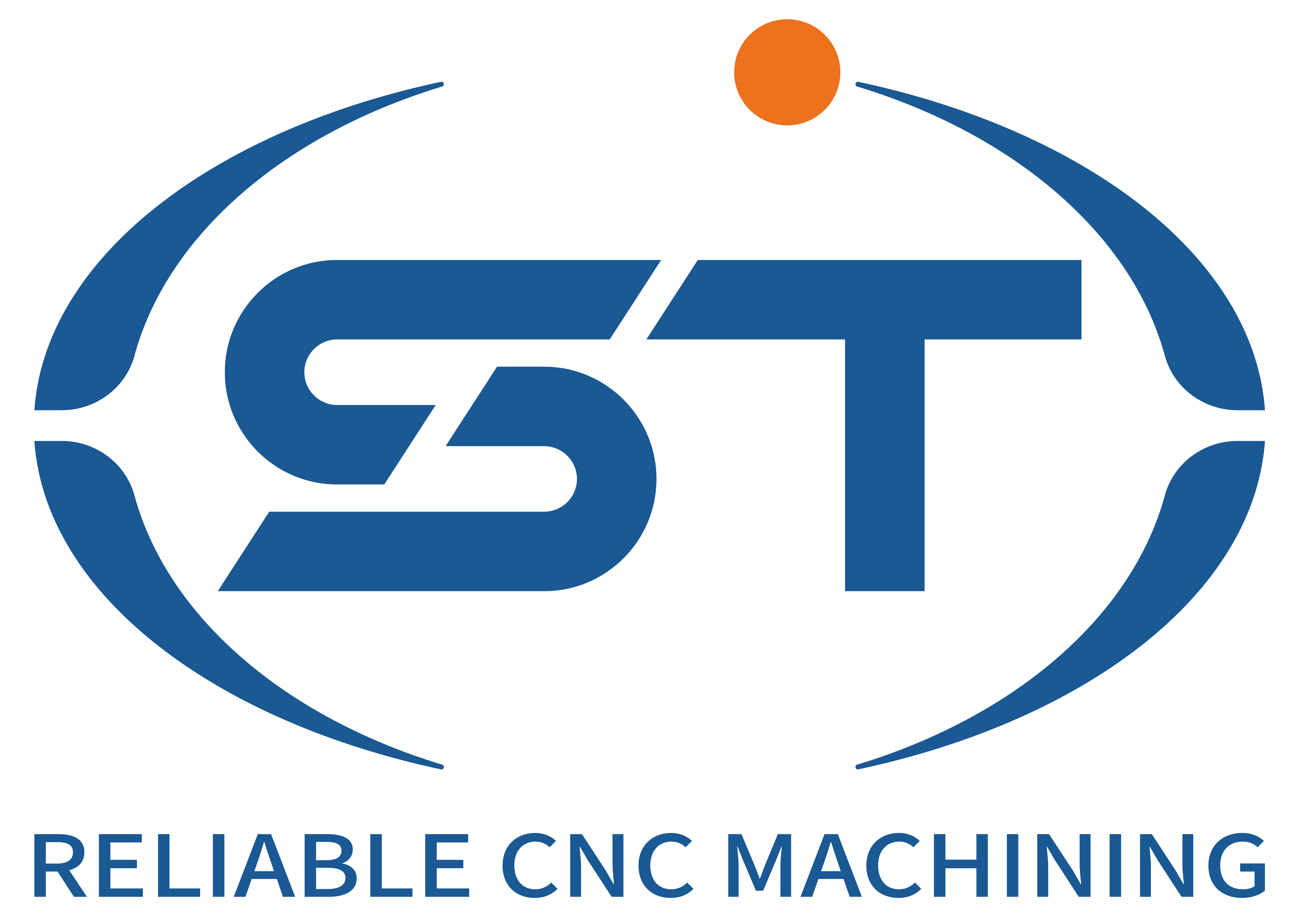Controlling Material Deformation in CNC-Bearbeitung of Automotive Components
Material deformation during CNC machining is a critical challenge in automotive manufacturing, as it can compromise dimensional accuracy, surface quality, and part functionality. Factors like residual stresses, cutting forces, and thermal effects contribute to deformation, requiring targeted strategies to mitigate risks. Below are key approaches to controlling material deformation in automotive CNC machining.
Table of Contents
ToggleWorkpiece Clamping and Fixture Design
Improper clamping is a leading cause of deformation, especially for thin-walled or irregularly shaped automotive components. Uneven pressure distribution can induce bending or twisting, while excessive force may crush or distort the material.
To address this, fixtures must be designed to distribute clamping forces evenly across the workpiece. For example, using multiple smaller clamps instead of a single large one reduces localized stress concentrations. Additionally, vacuum chucks or adhesive fixturing can secure delicate parts without applying direct pressure. Custom fixtures tailored to the part’s geometry ensure stability while minimizing contact areas that could cause deformation.
For parts with varying thicknesses, adaptive clamping systems that adjust pressure dynamically during machining help maintain rigidity. Simulating clamping scenarios using finite element analysis (FEA) can also identify potential deformation risks before production.
Cutting Parameters and Toolpath Optimization
Cutting forces and heat generation during machining directly influence material deformation. High cutting speeds or excessive feed rates can cause thermal expansion or plastic deformation, while uneven material removal leads to residual stresses.
Optimizing cutting parameters is essential—lower feed rates and depths of cut reduce cutting forces, while higher spindle speeds can improve chip evacuation and heat dissipation. For instance, using climb milling instead of conventional milling reduces the tendency for workpiece lifting or deflection. Additionally, toolpath strategies that prioritize uniform material removal, such as trochoidal or adaptive clearing, help distribute stresses evenly across the part.
For critical features, roughing and finishing passes with intermediate stress-relief steps (e.g., pausing to allow thermal equilibrium) minimize cumulative deformation. Monitoring cutting forces in real-time using sensors can also trigger adjustments to prevent overloading the workpiece.
Residual Stress Management
Residual stresses from prior manufacturing processes (e.g., casting, forging, or welding) can exacerbate deformation during CNC machining. These stresses may cause warping or dimensional shifts when material is removed, especially in heat-treated or alloyed metals.
To mitigate residual stresses, stress-relieving heat treatments (e.g., annealing or tempering) can be performed before machining. This homogenizes the material’s internal stress state, reducing the risk of distortion. For parts where heat treatment is not feasible, machining in multiple stages with intermediate stress-relief operations (e.g., vibratory stress relief) helps manage deformation.
Additionally, sequencing machining operations to remove material symmetrically—such as facing both sides of a plate before profiling—balances stress distribution. Non-destructive testing (NDT) methods, like X-ray diffraction or hole-drilling strain gages, can quantify residual stresses to guide machining strategies.
Thermal Management During Machining
Heat generated during cutting can cause thermal expansion, leading to dimensional inaccuracies or surface hardening. This is particularly problematic for materials with low thermal conductivity, such as stainless steel or titanium alloys.
Effective coolant strategies are vital—using high-pressure coolant systems to flood the cutting zone reduces friction and heat buildup. For heat-sensitive materials, cryogenic cooling (e.g., liquid nitrogen) can prevent thermal distortion while extending tool life. Alternatively, dry machining with optimized tool geometries and chip evacuation systems minimizes heat input in applications where coolants are undesirable.
Monitoring tool and workpiece temperatures using infrared sensors or thermocouples allows for real-time adjustments to cutting parameters. For example, reducing speeds when temperatures exceed thresholds prevents thermal-induced deformation.
By integrating these strategies—from fixture design to thermal management—automotive manufacturers can significantly reduce material deformation in CNC machining. This ensures parts meet tight tolerances, improves surface quality, and enhances overall manufacturing efficiency.




